#kayoko honoo
Explore tagged Tumblr posts
Text
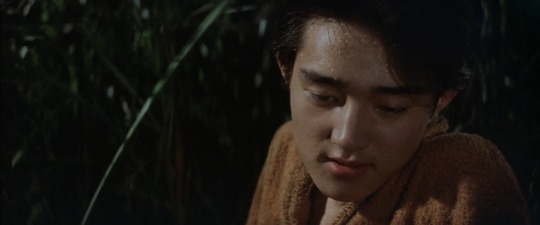

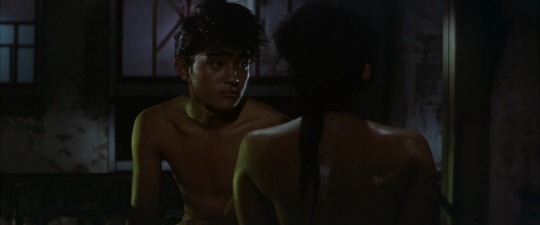
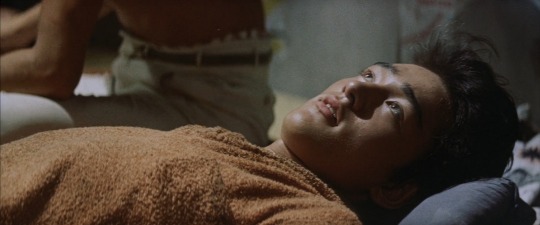
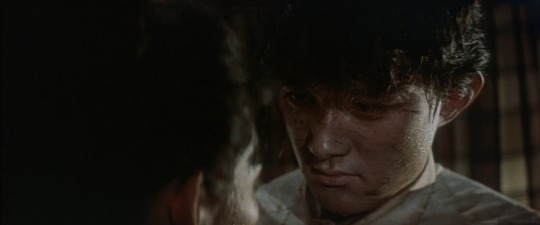

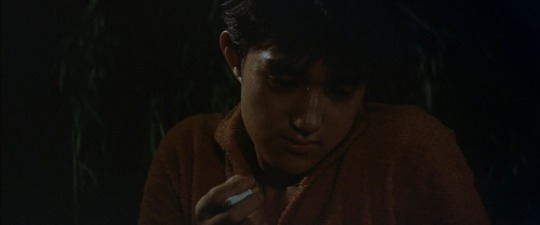
isao sasaki as takeshi in the sun's burial (1960) dir. nagisa ōshima
#太陽の墓場#the sun's burial#nagisa ōshima#kayoko honoo#isao sasaki#film aesthetic#film stills#film#vintage films#60s film#60s aesthetic#japanese film#japanese cinema#60s cinema#60s vintage#60s movies#east asian cinema
4 notes
·
View notes
Text


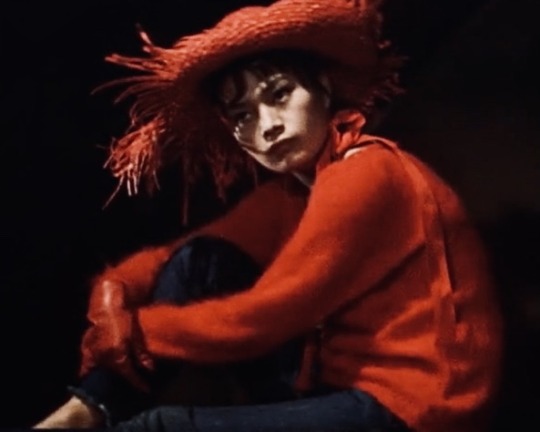
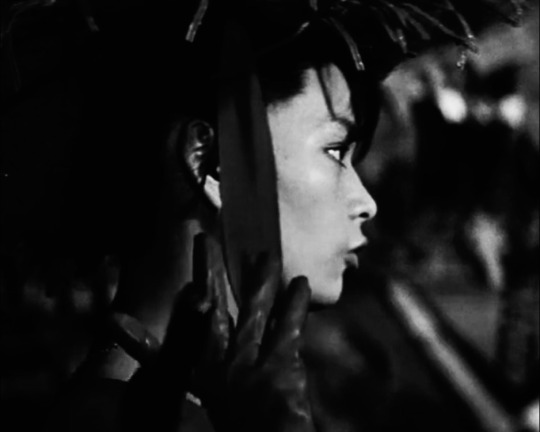

kayoko honoo in killers on parade (1961) dir. masahiro shinoda
#kayoko honoo#killers on parade#masahiro shinoda#夕陽に赤い俺の顔#japanese movie#ellisedits#screencaps#queue
1 note
·
View note
Text

Honoo Kayoko - Nagisa Oshima
4 notes
·
View notes
Text
Ok, so, i did smth super cool!
I was thinking about Totsuka's family configuration and then after a few drafts I came up with this!

ID: An infographic showing a family hierarchy. At the top, is written "Harubi". Then the hierarchy descends one level to eight more names: Kayoko, Shishio, Yuno, Suika, Umime, Natsuka, Morihara and Aoma.
At the lowest line, are more twelve names, each connected to a name above: Akito and Fuyuto, connected to Kayoko; Haruyo, Yumiko, Suiko and Fuuto, connected to Shishio; Shione and Akane connected to Suika; Sanrio, connected to Umime; Yume, connected to Natsuka; Mayoi, connected to Morihara; and Honoo and Totsuka connected to Aoma.
Below it all is a little guide with four colors. The yellow meaning "patriarca", the orange meaning "esposa", the pink meaning "concubinas" and the blue meaning "filhos". The top name of the family is painted yellow; the whole second layer painted pink, except from Kayoko, who is orange, and the last layer is painted blue.
At the top corner is written, very tiny, "Os 秋田原 —Akitahara". /end ID.
[Patriarca - (man) chief of the family
Esposa - wife
Concubinas - concubines
Filhos - children]
(Sorry for the lenghty description lmao)
Anyway, as you can see, Totsuka's family (the Akitahara) are pretty big. Her father is named Harubi, and her mother, Aoma. Aside from her, Harubi also has other six concubines and a wife, having twelve children including Totsuka. Harubi Akitahara is a big name in the fictional country they are from which I am still deciding the name, and he is kind of like a vice-emperor or something.
So Totsuka is sort of a princess, but not like she is in the heirship line, anyway. Well, she basically is, but she is literally the twelveth in the line so not something very realistic to wish for.
The first heir would be her older brother, Akito, the first son of her father's proper wife, followed by her other son, Fuyuto, and then followed by all the concubine's children by order of birth, which Totsuka falls in the end of, lmao.
Choosing everybody's names was very fun, and I might only change "Suiko" (third line, below Shishio) later on.
I also have an alt version under the cut :)

[ID: The same image as above, but now all the character's names are written in kanji, reading as following:
春美 on the top; 佳代子, 四塩, 右望, すいか, 海目, 夏塚, 森原 and 青間 on the middle; and 秋人, 冬人, 春夜, 美由子, 水子, 風人, 塩音, 赤音, 三凛, 夢, 間宵, 炎 and 戸塚 on the last line. /end ID.]
Disclaimer: some are written wrong and some names may not even have the right sound :) apologies to japanese people lmao XD i did my best. It's very fun to try and learn new words
2 notes
·
View notes
Photo

Nagisa Oshima
- The Sun's Burial
1960
#kayoko honoo#炎加世子#fire#burning#Nagisa Ōshima#大島渚#Nagisa Oshima#the sun's burial#太陽の墓場#Taiyō no Hakaba#たいようのはかば#L'Enterrement du soleil#japanese film#1960
63 notes
·
View notes
Photo



Youth in Fury(1960)
#film#youth in fury#kawaita mizuumi#dry lake#1960#shin'ichirô mikami#kayoko honoo#masahiro shinoda#60s#vintage#...
16 notes
·
View notes
Photo










Dry Lake / Kawaita mizuumi (1960, Masahiro Shinoda)
乾いた湖 (篠田正浩)
Also known as: Youth in Fury
11/3/19
#60s#Dry Lake#Kawaita Mizuumi#Youth in Fury#Japanese#Masahiro Shinoda#Shin'ichiro Mikami#Shima Iwashita#Kayoko Honoo#Hizuro Takachiho#Kazuya Kosaka#Junichiro Yamashita#New Wave#students#college#politics#political#protest#suicide#scandal#young adults#group of friends#extremism
4 notes
·
View notes
Photo
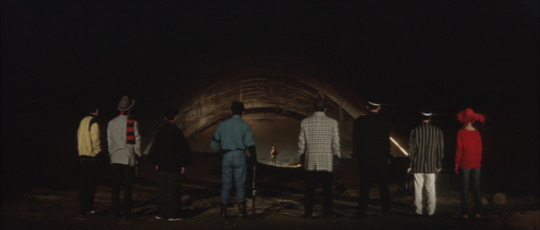

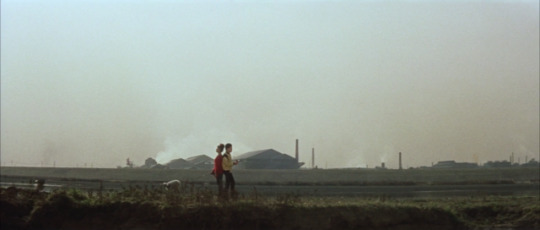
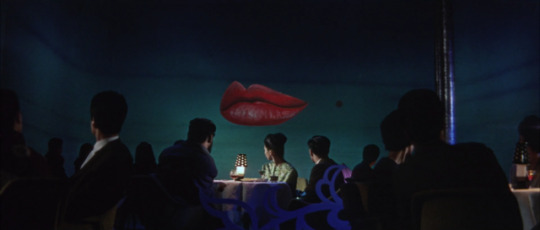

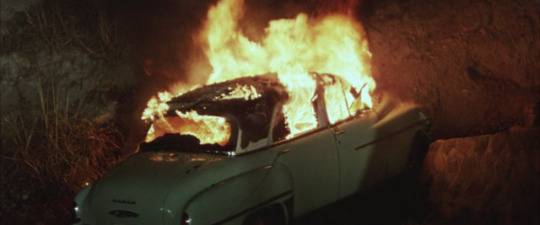

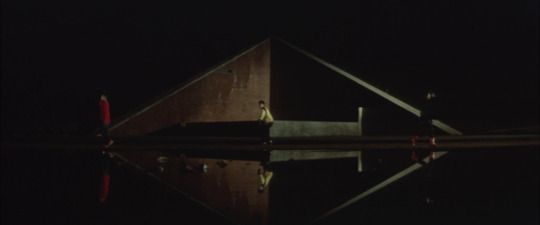


夕陽に赤い俺の顔 Killers on Parade (1961, Masahiro Shinoda)
#killers on parade#yuhi ni akai ore no kao#masahiro shinoda#yusuke kawazu#shima iwashita#kayoko honoo#film#screencaps
40 notes
·
View notes
Text
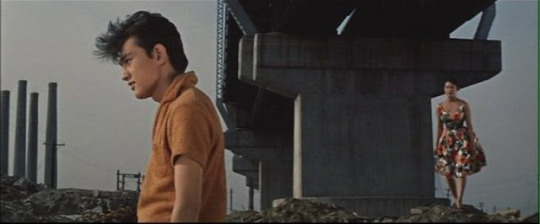
Isao Sasaki and Kayoko Honoo in The Sun's Burial (Nagisa Oshima, 1960)
Cast: Kayoko Honoo, Masahiko Tsugawa, Isao Sasaki, Fumio Watanabe, Katamari Fujiwara, Tanie Kitabayashi, Junzaburo Ban, Eitaro Ozawa. Screenplay: Toshiro Ishido, Nagisa Oshima. Cinematography: Takashi Kawamata. Production design: Koji Uno. Film editing: Keiichi Uraoka. Music: Riichiro Manabe.
A harrowing portrait of gangster life in Osaka, filmed with the kind of widescreen eloquence that Nagisha Oshima and cinematographer Takashi Kawamata brought to Cruel Story of Youth, made the same year. This is a cruel story of all ages in the Japanese underworld, with a remarkable performance by Kayoko Honoo as the ruthless young woman who survives (and perhaps thrives on) degradation.
0 notes
Text

Honoo Kayoko - Nagisa Oshima @sonimage1965
6 notes
·
View notes
Text
Killers on Parade (Review)
Killers on Parade (Review)
Killers on Parade aka 夕陽に赤い俺の顔 aka Yuhi Ni Akai Ore No Kao aka My Face Red in the Sunset 1961 Written by Shuji Terayama Directed by Masahiro Shinoda Killers on Parade is a dark comedic flick that features a group of gimmicked hitmen and women as eventual adversaries to our plucky hero, who is on a mission to bring down a corrupt construction firm and the newspaper editor that is attempting to…
View On WordPress
#Fumio Watanabe#Hiroshi Mizushima#Japan#Kayoko Honoo#Kazuya Kosaka#Ko Nishimura#Koji Mitsui#Masahiro Shinoda#Ryohei Uchida#Shima Iwashita#Shuji Terayama#Yusuke Kawazu#Yuuko Kashiwagi
0 notes
Photo





Youth in Fury(1960)
#film#youth in fury#kawaita mizuumi#dry lake#1960#shin'ichirô mikami#kayoko honoo#masahiro shinoda#60s#vintage#...
3 notes
·
View notes
Text

Shima Iwashita and Shin'ichiro Mikami in Youth in Fury (Masahiro Shinoda, 1960)
Cast: Shin'ichiro Mikami, Shima Iwashita, Kayoko Honoo, Hizuro Takachiho, Kazuya Kosaka, Junichiro Yamashita, Yachiyo Otori, Yunosuke Ito. Screenplay: Shuji Terayama, based on a story by Eiji Shinba. Cinematography: Masao Kosugi. Film editing: Keiichi Uraoka. Music: Toru Takemitsu.
Like the French New Wave directors, the Japanese also found themes and stories in the insurgent, rebellious post-World War II generation. But unlike such films as Jean-Luc Godard's Breathless (1960) and Bande à Part (1964) or François Truffaut's The 400 Blows (1959), the Japanese equivalents never quite caught on internationally. Perhaps it's because the French found a new approach to the material, where the Japanese directors were more directly inspired by the tone and technique of American movies like The Wild One (László Benedek, 1953) and Rebel Without a Cause (Nicholas Ray, 1955), which had a more moralistic or didactic tone, blaming the eruption of youthful rebellion on societal neglect. Even so shrewd a director as Nagisa Oshima, in his second feature, Cruel Story of Youth (1960), seems constrained to portray the departure of his young rebels from the old ways as shocking, whereas Godard and Truffaut relish their liberation from old moral norms. Youth in Fury (also known as Dry Lake) was also a second feature for Masahiro Shinoda, and it centers on young people caught up in the political revolt that culminated in student riots against the 1960 Japanese-American mutual security treaty. One of them is Takuya Shimojo (Shin'ichiro Mikami), who is politically engaged but also confused -- he decorates his walls with pictures of political figures ranging from FDR to Hitler to Fidel Castro. Essentially he's a nihilist. He becomes involved with Yoko Katsura (Shima Iwashita), whose father, a politician, has recently committed suicide, brought on by threats to expose his corruption. Her family is left penniless by his death, and with the consent of their mother, her older sister has agreed to sleep with a conservative politician who helps the family out with money. Eventually, Takuya's rejection of conventional morality will get him arrested: He hired a drunken boxer to beat up the man who had been engaged to Yoko's sister but jilted her after her father's suicide; instead the thug slashed the man's face with a razor. Yoko, the "nice girl," ends by being swept up in the crowds of students protesting the treaty. The problem with Youth in Fury is that it's overloaded with secondary characters, such as the rich young layabout who tries to rape Yoko, and Takuya's old girlfriend who resents his taking up with Yoko, as well as a group of politically engaged young idealists with whom Takuya first works but finally rejects. Shinoda has trouble sorting out and delineating these various characters, so that the film sometimes loses focus. But it's propelled by a good score by Toru Takemitsu -- like many films of its day, it relies more on jazz than on rock, which was just beginning to become the dominant musical idiom.
1 note
·
View note
Photo



The Sun's Burial
6 notes
·
View notes
Photo

My Face Red in the Sunset (Masahiro Shinoda, 1961)
135 notes
·
View notes